Eine Zeitreise: Die urkomische Geschichte der Liebe des mittelalterlichen Europas zu spitzen Schuhen!
Im Jahr 1463 unternahm London einen mutigen Schritt gegen den modischen Overkill. Die Stadt verbot die Schuhe ihrer modebewusstesten Männer, die ihren Sinn für Mode auf die Spitze getrieben hatten. Diese modebewussten Herren liefen mit Schuhen durch die Straßen, die sich zu spitz zulaufenden, länglichen Spitzen verjüngten, von denen einige eine Länge von 12,7 cm über ihre Zehen hinausreichten. Diese Schuhe, die als „Craquos“ oder „Poulaines“ bekannt waren, sorgten für so viel Aufsehen, dass der Hof von König Edward IV. schließlich ein Gesetz erließ das Schuhspitzen verbot, die mehr als 5 cm über die Zehen hinausragten.
Dieser seltsame und faszinierende Trend in der mittelalterlichen Mode tauchte erstmals 1340 in Krakau, Polen, auf und eroberte schnell ganz Europa im Sturm. Über ein Jahrhundert lang trugen die Herren und Damen des 15. Jahrhunderts fast ausschließlich diese Schuhe. Spitze Schuhe wurden zum Must-have für jeden, der sie sich leisten konnte, aber die überlangen Spitzen waren dem Adel vorbehalten, der es zu genießen schien, in Schuhen zu laufen, die zum Stolpern gemacht waren.
Die Begeisterung für spitze Schuhe im mittelalterlichen Europa: Ein Symbol für Reichtum und Status!
Für die Elite des mittelalterlichen Europas waren spitze Schuhe mehr als nur ein Trend. Sie waren ein Symbol für Reichtum und Status. Laut Rebecca Shawcross, Autorin von „Shoes: An Illustrated History“, konnte man mit der Länge der Schuhspitze seinen Reichtum umso mehr zur Schau stellen. Die Absurdität dieser verlängerten Zehen war ein klares Zeichen dafür, dass der Träger wohlhabend genug war, um sich Freizeit und Luxus zu leisten, ohne den Zwängen körperlicher Arbeit ausgesetzt zu sein.
Diese Schuhe mit den unglaublich langen Spitzen waren teuer und unpraktisch, was sie zum ultimativen Symbol für Reichtum und Opulenz machte. Wenn man also ein Mann von Stand war und den Reichtum hatte, dies auch zu zeigen, musste man nicht zweimal darüber nachdenken in ein Paar Schnabelschuhe zu schlüpfen und damit zu protzen!

Das Geheimnis hinter den spitzen Schuhen des mittelalterlichen Europas: voller Überraschungen!
Das Geheimnis um die Spitzen der beliebten Schnabelschuhe im mittelalterlichen Europa aufrecht zu halten, bestand darin, sie mit weichen, organischen Materialien wie Moos, Haaren oder Wolle zu füllen. Ohne diese Stütze wären die Spitzen heruntergefallen und hätten die Schuhe unscheinbar aussehen lassen, nicht standesgemäß, sagt Rebecca Shawcross, Autorin von „Shoes: An Illustrated History“.
Diese Füllung verhinderte auch, dass sich die Spitzen bei Nässe krümmten, wie Jackie Keily, leitende Kuratorin am Museum of London, das eine bemerkenswerte Sammlung von Schnabelschuhen besitzt, feststellte. Einer der ausgestellten Schuhe, der bei einer archäologischen Ausgrabung gefunden wurde, weist eine bescheidene Spitze und ein zartes Blattmuster auf, was die Kreativität und das Können der mittelalterlichen Schuhmacher unter Beweis stellt.
Wenn Sie also das nächste Mal ein Paar spitze Schuhe bewundern, denken Sie an das weiche, matschige Geheimnis im Inneren, das ihnen ihre Struktur und ihren Stil verlieh!
Entfesselung des Sexappeals der spitzen Schuhe des mittelalterlichen Europas
Die vornehmen Herren des mittelalterlichen Europas zeigten mit ihren spitzen Schuhen nicht nur ihren Reichtum, sondern auch ihre Beine! Mit immer kürzer werdenden Tuniken betonten die tief ausgeschnittenen Schnabelschuhe die Beine und verlängerten sie optisch, wobei die bunten Strümpfe um die Knöchel sichtbar wurden, die zu dieser Zeit als sehr attraktiv galten.
Damit diese spitzen Schuhe nicht umkippten, wurden sie manchmal mit einer Verstärkung aus Fischbein versehen. Auch das Material der Schnabelschuhe war ein Statement. Von Leder bis hin zu opulenten Stoffen wie bestickten Textilien, Samt und Seide. Einige waren sogar handbemalt oder mit aufwendigen Mustern verziert und tauchen in vielen mittelalterlichen Gemälden auf, von denen jedoch keines erhalten ist.
Im Museum of London können Sie einige der schönsten erhaltenen Schnabelschuhe sehen, die durch den Schlamm der Themse konserviert wurden. Lassen Sie sich also vom Sexappeal der Liebe des mittelalterlichen Europas zu langen, spitzen Schuhen verführen!

Im Mittelalter waren Schnabelschuhe modische Schuhe, die oft mit weichen organischen Materialien ausgestopft wurden, um die Spitzen aufrecht zu halten. Sie wurden von verschiedenen Gesellschaftsschichten getragen, wobei die oberen Schichten Textilien, Samt und Seide verwendeten, die mit aufwendigen Mustern handbemalt oder geätzt sein konnten. Schnabelschuhe galten als Reaktion auf die durch den Schwarzen Tod verursachte Not, bei der 30 bis 60 Prozent der europäischen Bevölkerung ums Leben kamen. Sie wurden als eine Art Selbsttherapie für den durch die Pest verursachten Verlust von Menschenleben angesehen. Die Mode im mittelalterlichen Europa hielt oft ein Jahrhundert oder länger an und die Modetrends kamen von der Oberschicht und breiteten sich nach und nach aus. Schließlich sah sich die englische Krone gezwungen, einzugreifen, indem sie das Tragen von Schnabelschuhen mit öffentlicher Unanständigkeit gleichsetzte und die Länge der Zehen auf zwei Zoll begrenzte. Poulaines verschwanden bis 1475 und das europäische Schuhwerk entwickelte sich zu einem breiten Schuh mit eckigen Zehenkappen. Spitz zulaufende Herrenschuhe erlebten in den 1950er Jahren in England mit dem „Winklepicker“ ein Revival, das in den folgenden Jahrzehnten mehrmals auflebte.







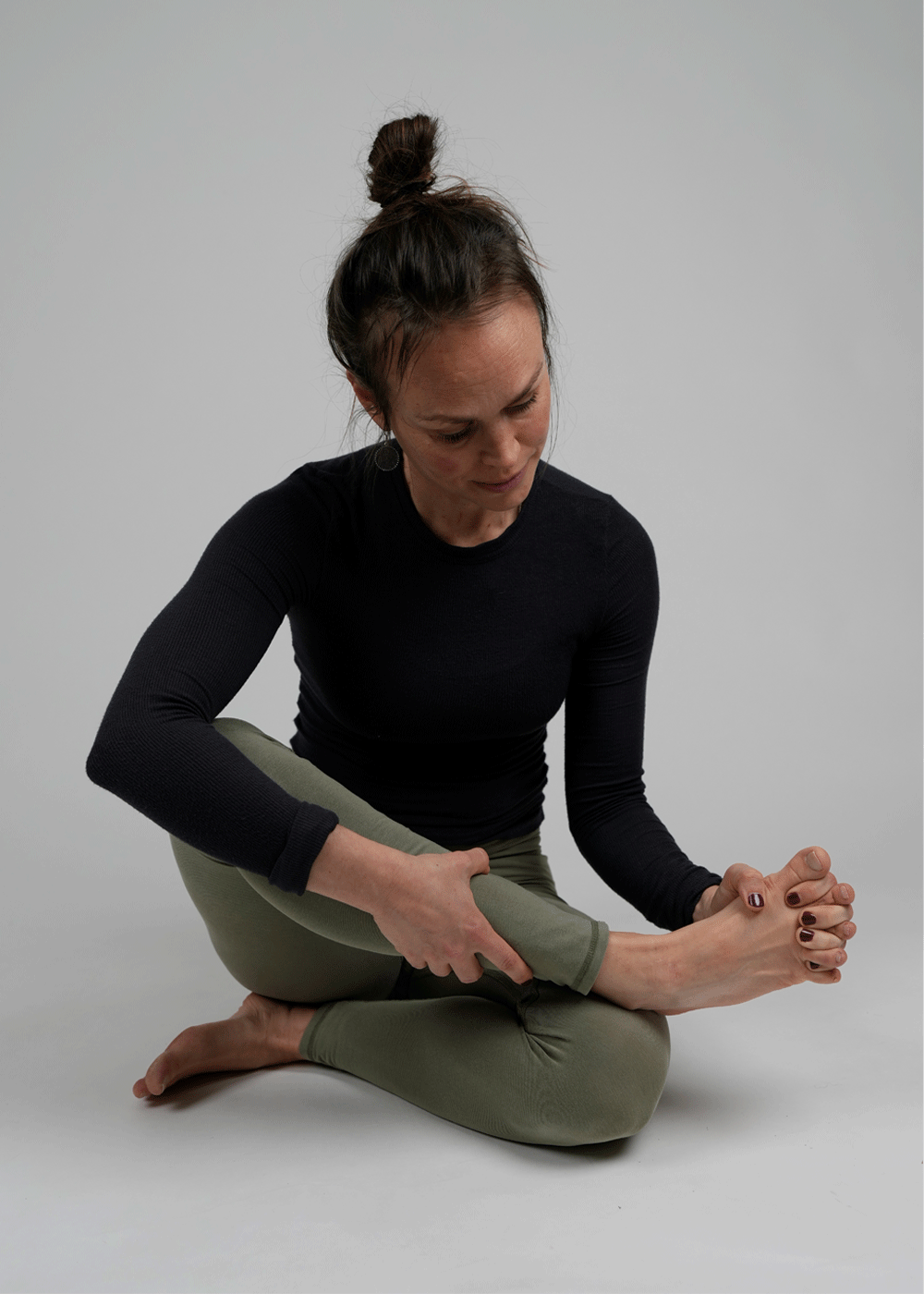




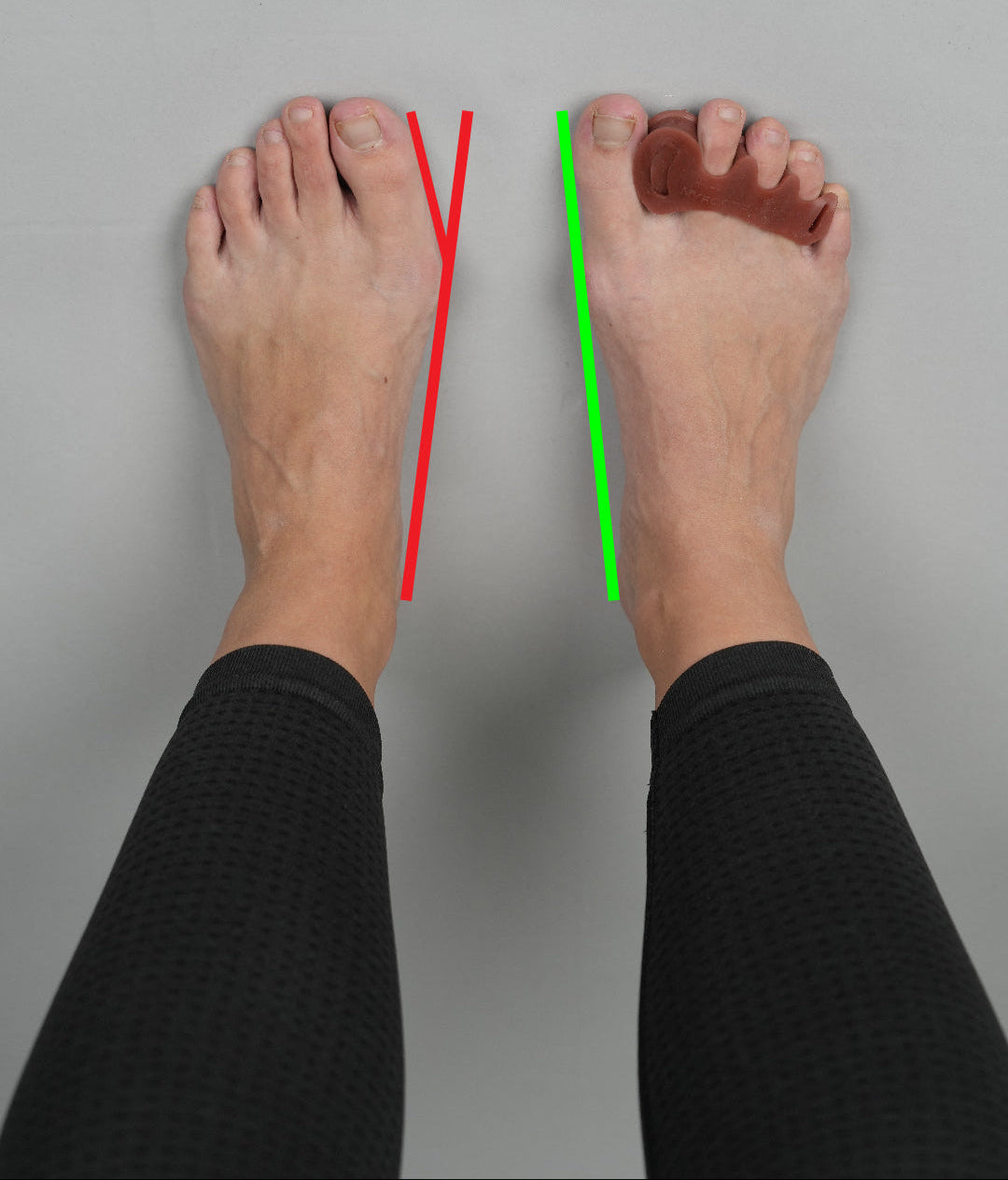
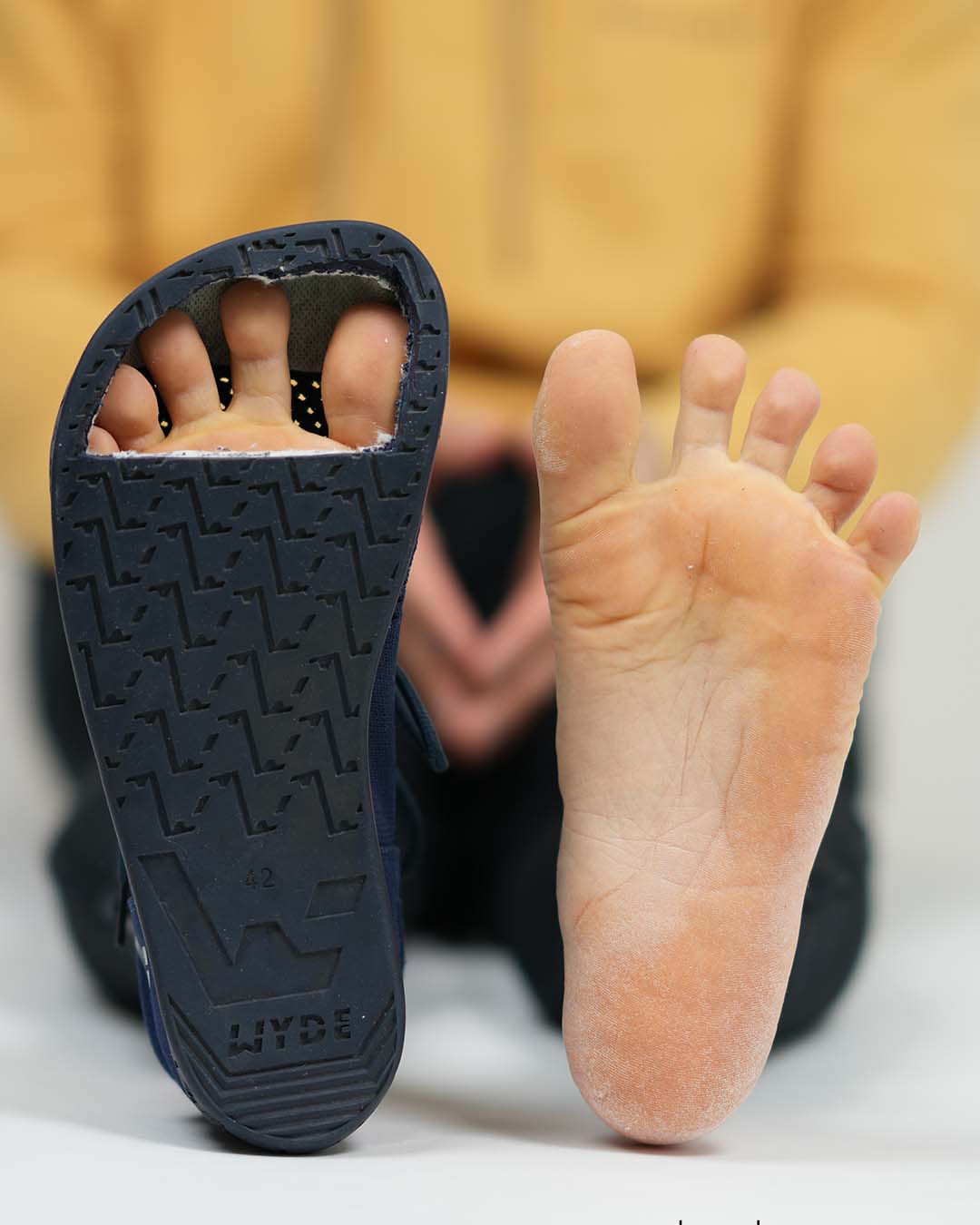
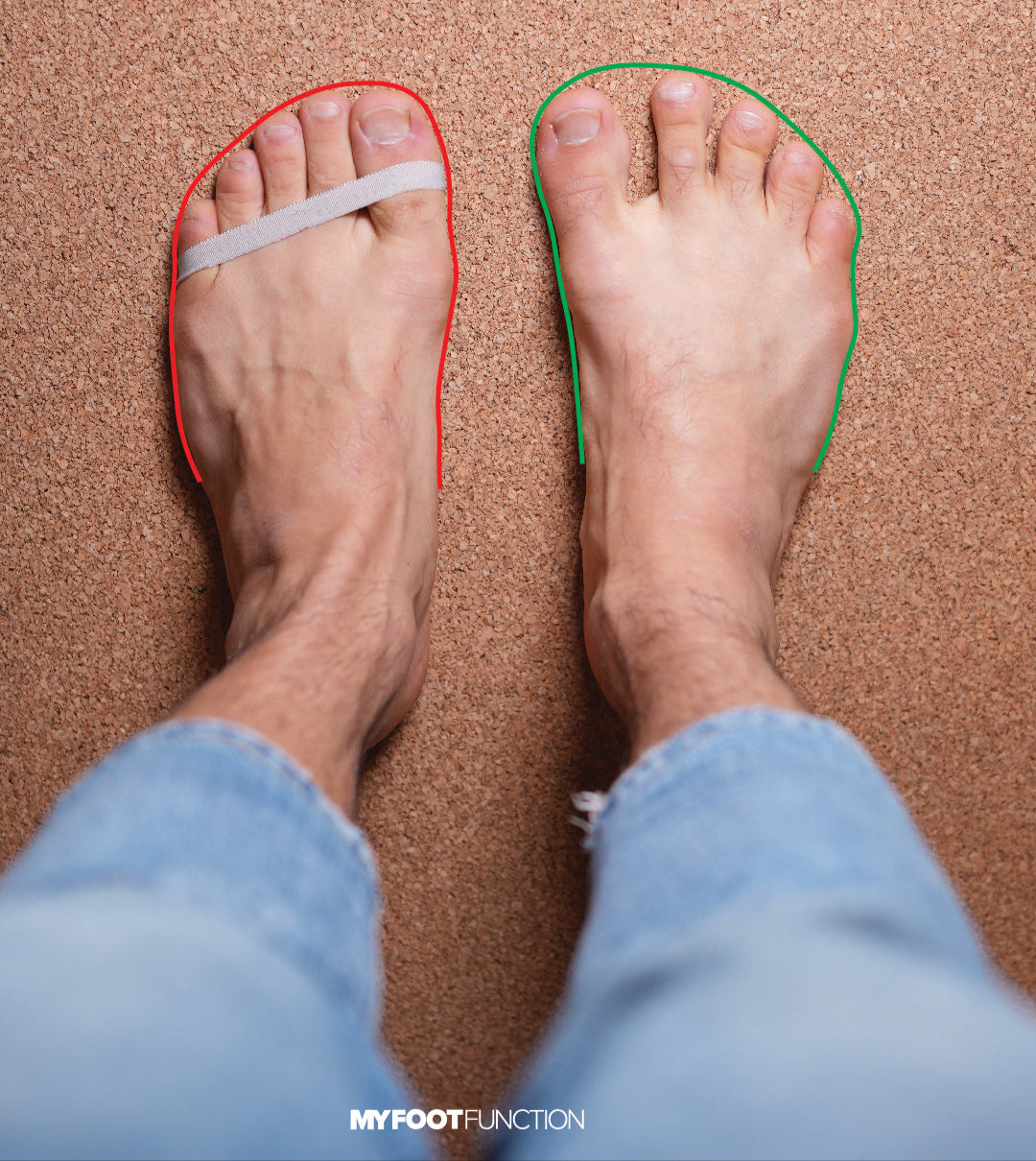
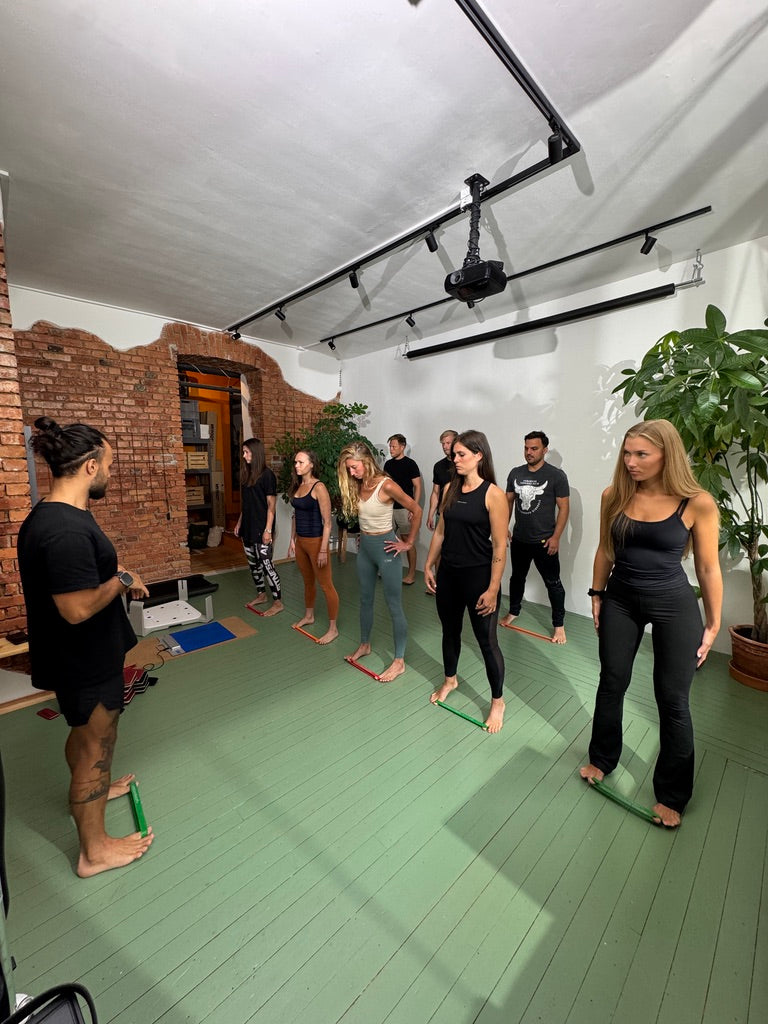
Share:
2.500 Füße pro Tag behandelt!
Der symmetrische Schuh der industriellen Revolution